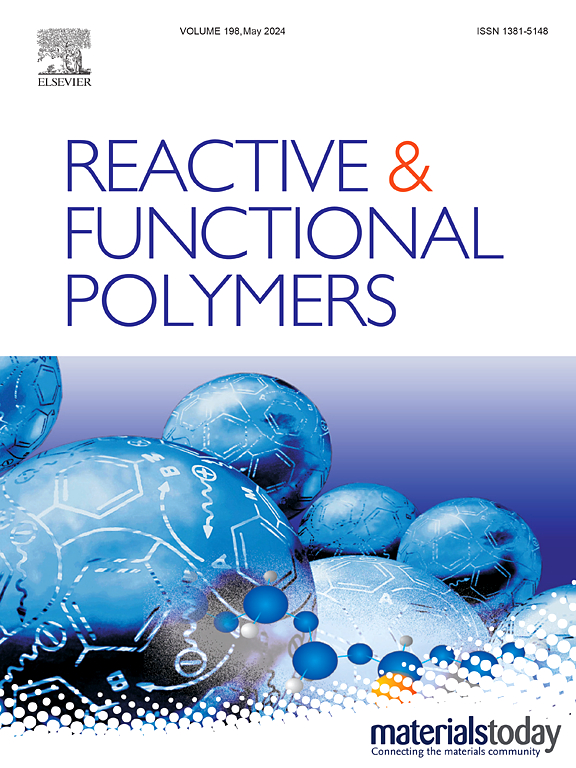Novel branched polyampholytes and polyplexes for gene delivery: Synthesis, structure and efficient transfection
IF 4.5
3区 工程技术
Q1 CHEMISTRY, APPLIED
引用次数: 0
Abstract
The presented study is aimed at the synthesis of novel branched polyampholytes with precisely controlled architectures, structures, and colloidal-chemical properties as well as their complexes with plasmid DNA as non-viral vectors to advance the field of gene delivery. The relationships between polymer synthesis, architecture, colloidal characteristics, polyplex size and morphology, and transfection efficiency was of an interest for this study also. This research is crucial for addressing the challenges associated with gene therapy and unlocking the full potential of these branched polyampholytes.
The main achievements
The method of synthesis of the polyampholytes combining anionic backbone and grafted cationic poly(DMAEMA) chains via low temperature controlled radical polymerization (CRP) initiated by multi-site oligoperoxide metal complex (OMC) in organic media was developed. The dependences of the CRP kinetic parameters of the obtaining the polyampholyte of desired architecture, structural and colloidal-chemical characteristics upon media polarities were established. The relations between the synthesis of polyampholytes defining grafting degree, lengths of side cationic chains, colloidal-chemical characteristics, and morphology of polyplexes formed with plasmid DNA as well as transfection efficiency were established.
Conclusions
Kinetic peculiarities of the CRP of DMAEMA initiated by multi-site oligoperoxide complex in polar organic media influenced the architecture, fine structure and colloidal-chemical properties of the branched polyampholytes. These unique polymeric surfactants complexed with DNA formed polyplexes with varying sizes, charges and morphologies. Our findings demonstrate that these properties are pivotal in determining transfection efficiency.

求助全文
约1分钟内获得全文
求助全文
来源期刊

Reactive & Functional Polymers
工程技术-高分子科学
CiteScore
8.90
自引率
5.90%
发文量
259
审稿时长
27 days
期刊介绍:
Reactive & Functional Polymers provides a forum to disseminate original ideas, concepts and developments in the science and technology of polymers with functional groups, which impart specific chemical reactivity or physical, chemical, structural, biological, and pharmacological functionality. The scope covers organic polymers, acting for instance as reagents, catalysts, templates, ion-exchangers, selective sorbents, chelating or antimicrobial agents, drug carriers, sensors, membranes, and hydrogels. This also includes reactive cross-linkable prepolymers and high-performance thermosetting polymers, natural or degradable polymers, conducting polymers, and porous polymers.
Original research articles must contain thorough molecular and material characterization data on synthesis of the above polymers in combination with their applications. Applications include but are not limited to catalysis, water or effluent treatment, separations and recovery, electronics and information storage, energy conversion, encapsulation, or adhesion.
 求助内容:
求助内容: 应助结果提醒方式:
应助结果提醒方式:


